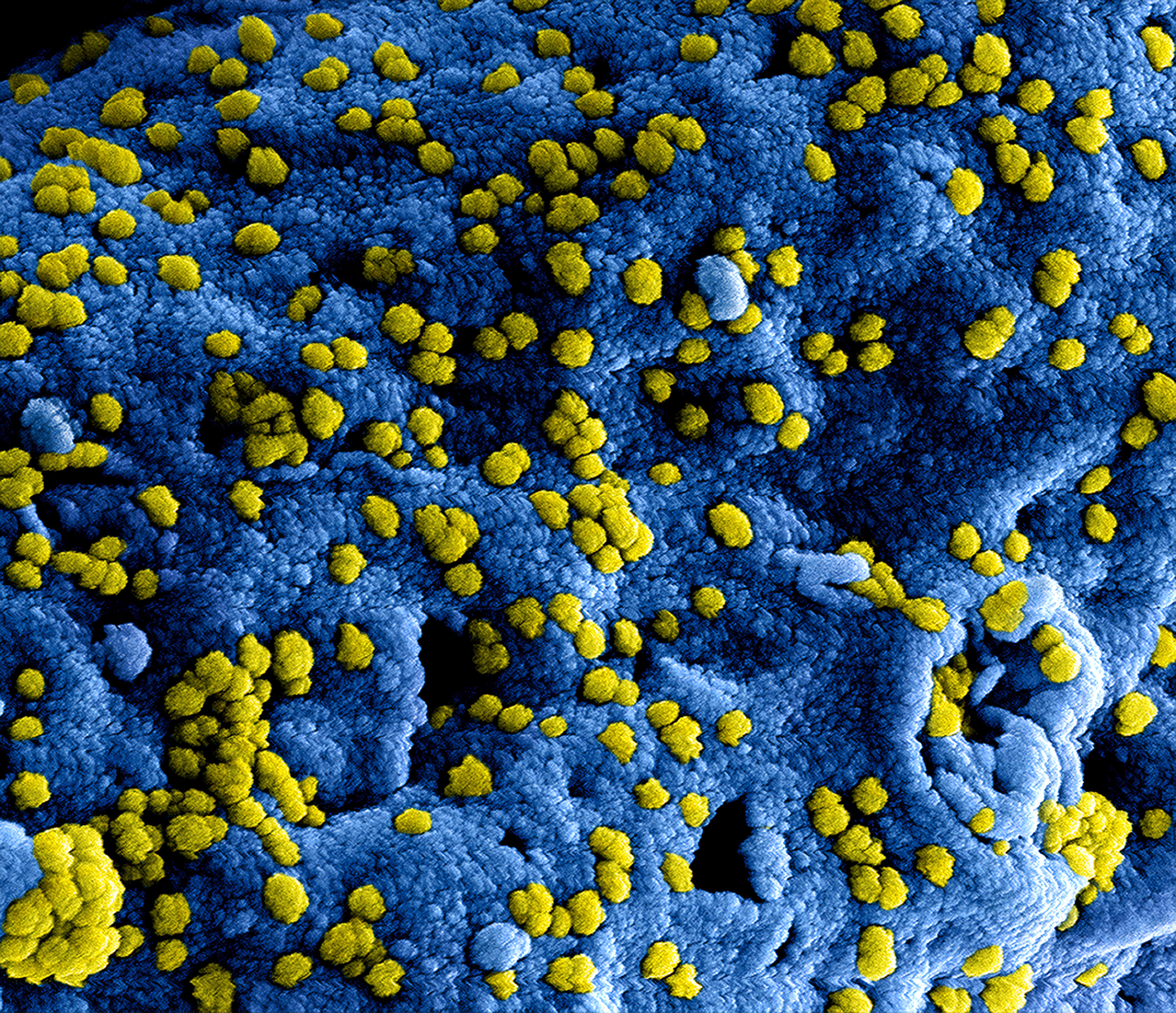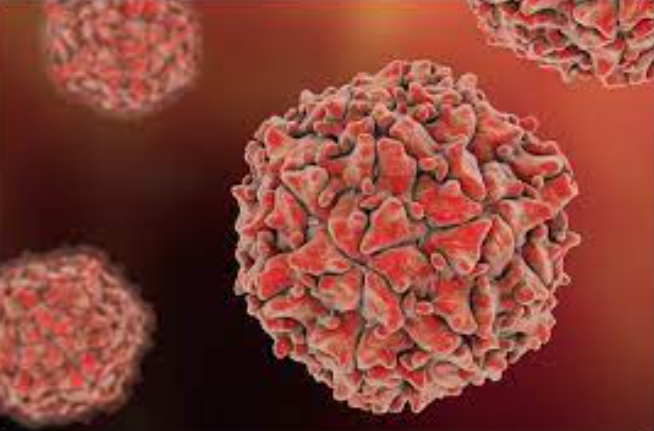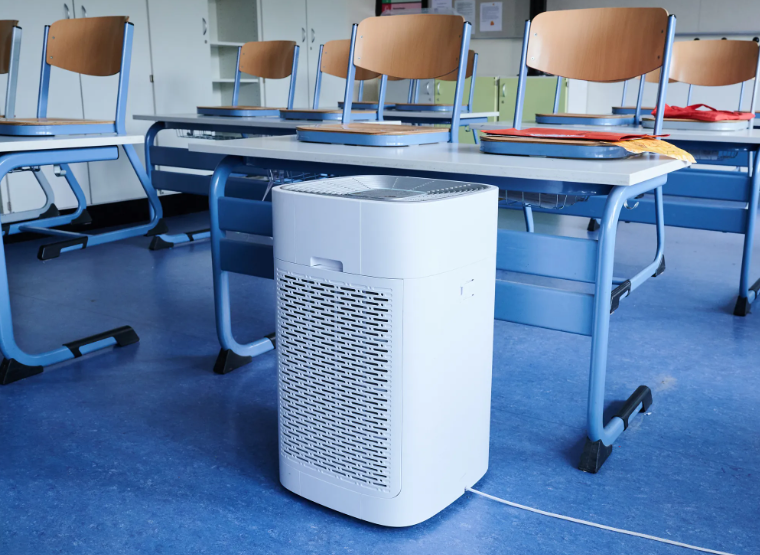Microscopic images reveal the science and beauty of masks!

Studying fabrics at high magnification helps determine how some face masks filter particles better than others, and close-ups reveal an invisible beauty in mundane objects that have now become an essential part of life around the world.
As scientists continue to demonstrate how effective masks can be in slowing the spread of the new coronavirus, particularly when they fit well and are worn correctly, some have taken microscopic approaches.

Using a scanning electron microscope, scientists have examined dozens of materials, including coffee filters, pillowcases, surgical masks and N95 masks. In 2020, the team found that N95 respirator masks are the most effective in providing protection against aerosols like those carried by SARS-CoV-2, the virus that causes COVID-19. The researchers reported that synthetic fabrics, such as chiffon or rayon, do not trap as many particles as tightly woven cotton flannels.

Microscopic textures may account for each fabric’s ability to filter aerosols, the random nature of cotton fibers, with their crinkled texture and complex shapes such as twists, folds and creases, probably allows cotton to trap more nanoscale particles than other fabrics. In contrast, polyester fabrics have highly organized, mostly straight and soft fibers, making them less efficient as face masks.

Cotton flannels also provide additional protection by wicking moisture from your breath, since cotton loves water, it swells in humid environments, making it difficult for particles to pass through a mask. Polyester and nylon masks, on the other hand, repel water from your breath, so there is no added benefit.
It is good to use an effective material for a mask, however wearing any mask compared to none makes the biggest difference in slowing the spread of pathogens.





Responses